The gut virome is associated with stress-induced changes in behaviour and immune responses in mice
- PMID: 38316929
- PMCID: PMC10847049
- DOI: 10.1038/s41564-023-01564-y
The gut virome is associated with stress-induced changes in behaviour and immune responses in mice
Abstract
The microbiota-gut-brain axis has been shown to play an important role in the stress response, but previous work has focused primarily on the role of the bacteriome. The gut virome constitutes a major portion of the microbiome, with bacteriophages having the potential to remodel bacteriome structure and activity. Here we use a mouse model of chronic social stress, and employ 16S rRNA and whole metagenomic sequencing on faecal pellets to determine how the virome is modulated by and contributes to the effects of stress. We found that chronic stress led to behavioural, immune and bacteriome alterations in mice that were associated with changes in the bacteriophage class Caudoviricetes and unassigned viral taxa. To determine whether these changes were causally related to stress-associated behavioural or physiological outcomes, we conducted a faecal virome transplant from mice before stress and autochthonously transferred it to mice undergoing chronic social stress. The transfer of the faecal virome protected against stress-associated behaviour sequelae and restored stress-induced changes in select circulating immune cell populations, cytokine release, bacteriome alterations and gene expression in the amygdala. These data provide evidence that the virome plays a role in the modulation of the microbiota-gut-brain axis during stress, indicating that these viral populations should be considered when designing future microbiome-directed therapies.
© 2024. The Author(s).
Conflict of interest statement
The authors declare no competing interests.
Figures
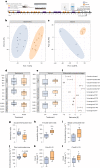
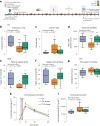
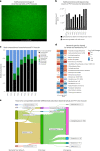

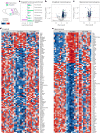
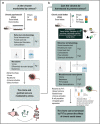



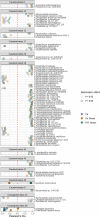
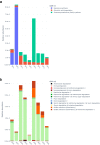

References
-
- Cryan, J. F. et al. The microbiota–gut–brain axis. Physiol. Rev.99, 1877–2013 (2019). - PubMed
MeSH terms
Substances
Grants and funding
LinkOut - more resources
Full Text Sources

